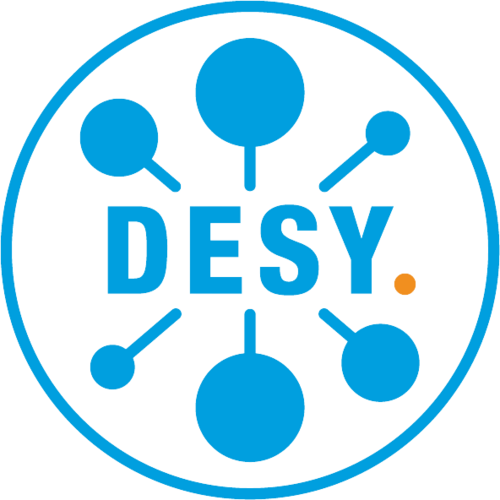Where physics and data science converge: DESY’s research opens up groundbreaking insights into the fundamental building blocks of matter.
Through HIDA’s mobility programmes, data science talents at DESY – one of the world’s leading particle accelerator centers – can gain new perspectives on the universe and the fundamental structure of matter.

About the Helmholtz Association
The Helmholtz Association
The Helmholtz Association is Germany’s largest scientific organization. Our cross-cutting research programs connect the 18 Helmholtz research centers.
Each center has its own scientific focus areas and infrastructures. The research is thematically structured into six fields:
- Energy
- Earth & Enviroment
- Health
- Information
- Aeronautics, Space & Transport
- Matter
At DESY, state-of-the-art technologies enable groundbreaking insights into the fundamental building blocks of matter. As one of the world’s leading research centers for particle acceleration, DESY employs advanced detectors and accelerator technologies to explore new physical phenomena – from generating the most intense X-ray light to accelerating particles to record-breaking energies.
With its unique research infrastructure in Europe, DESY not only advances photon science and particle and astroparticle physics, but also drives the development of next-generation accelerator technologies.
Research priorities:
- Particle and high-energy physics
- Photon science and synchrotron research
- Development of new materials and nanotechnologies
- Astroparticle physics and cosmology
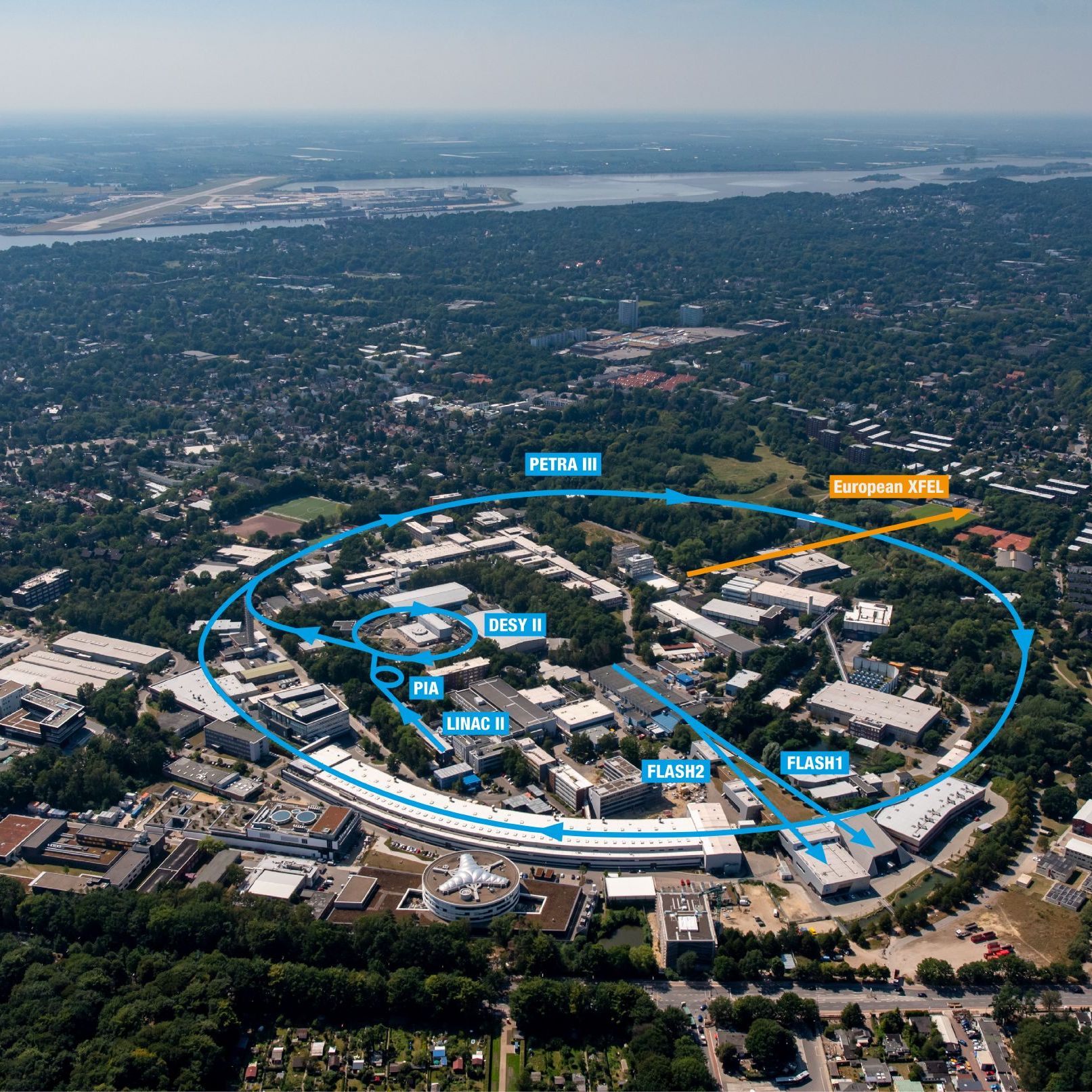
The sites
The sites
Main sites: Hamburg & Zeuthen
Research infrastructure:
- PETRA III (storage ring for synchrotron radiation)
- European XFEL (X-ray free-electron laser)
- FLASH (free-electron laser for ultrashort light pulses)
Desy's expertise in the field of Data Science and AI
DESY leverages AI and data-driven methods to analyze highly complex physical processes. Interdisciplinary teams collaborate on innovative simulation models and algorithms for experiments in particle and photon research.
By applying powerful AI models and big data analytics, vast volumes of data are processed to gain deeper insights into the structure of matter and the properties of novel materials.
-
AI-supported analysis of particle collisions and radiation experiments
-
Automated pattern recognition in experimental data
-
Machine learning for optimizing accelerator technologies
-
Development of simulation models for quantum and plasma physics
-
Multimodal data integration to enhance experimental precision
In addition to its approximately 2,900 employees, more than 3,000 guest scientists from over 40 countries work at DESY’s facilities each year to explore fundamental processes in the microcosm.
Application
Would you like to conduct research and work at DESY Then apply now for the HIDA Mobility Program!
Please contact your potential supervisor by email before applying to propose and discuss a research project. Only submit your application after this has been clarified.
You can find more information about the application requirements here.
Note for external applicants:
If you have any questions about application formalities or organizational procedures, please contact your home institution directly.
The Hosts at DESY
Get to know some of the hosts at DESY and learn more about their respective research based on data science.
Please note: The listed hosts represent only a selection of possible supervisors.
You are also welcome to independently contact other potential hosts at the center and coordinate your participation in the HIDA Mobility Program directly with them.
If you have any questions, please send an email to: hida@helmholtz.de
Are you interested in becoming a Helmholtz host yourself and looking for support for your research project?
Then please also contact the above-mentioned email address.
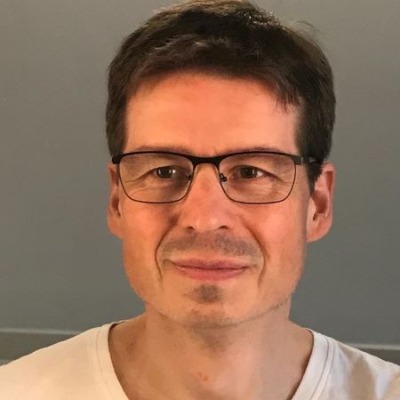
Jochen Küpper
Controlled Molecule Imaging
Contacts

Short summary of your group's research: We develop innovative methods to obtain full control over large molecules and nanoparticles. These methods and the created controlled samples are exploited in fundamental physics and chemistry studies to unravel the underlying mechanisms of chemistry and biology by watching molecules at work. This is coupled with advanced experimental control and data acquisition software, including on-the-fly data reduction, as well as theoretical and computational physics – both utilizing machine learning approaches for improved performance.
What infrastructure, programs and tools are used in your group?
Have a look on our website.
What could a participant of the HIDA Trainee Network learn in your group? How could he or she support you in your group? Machine learning in theoretical physics and quantum chemistry and in real-time data reduction – benefit from current expertise and improve our approaches.

Thomas White
Scientific Computing (Photon Science)
Contacts

Short summary of your group's research: We are developing computational tools for processing large crystallographic datasets consisting of many hundreds of thousands of individual frames. Recently, we are moving towards real-time data processing, with the aim of making the data analysis step "disappear" - becoming part of the data acquisition process. Our main product embodying this work is the free and open source "CrystFEL" software package.
What infrastructure, programs and tools are used in your group?
Infrastructure: Gitlab, DESY "Maxwell" cluster
Tools: HDF5, SLURM, GSL, OpenCL, ZeroMQ, MessagePack, CMake, Meson, GTK and more
Languages: C/C++, Python, Lisp and others
What could a participant of the HIDA Trainee Network learn in your group? How could he or she support you in your group? As well as working with large-scale accelerator-based photon facilities (PETRA III and European XFEL, plus other facilities worldwide), you would gain insight into developing a widely-used (>100 worldwide users) domain-specific software package. For instance, how to balance the implementation of cutting-edge scientific methods with other considerations such as stability and reliability. During your stay, you could contribute (for example) by experimenting with a new way of processing data, speeding up existing processing methods, or implementing one of the many requested features in CrystFEL.
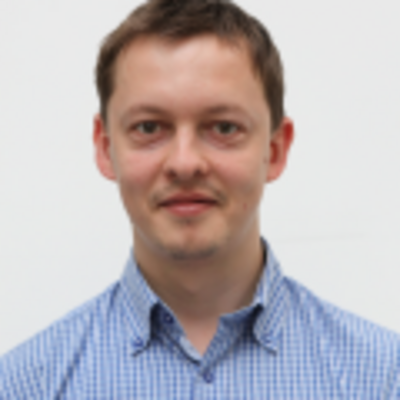
Andrey Yachmenev
Controlled Molecule Imaging
Contacts

Short summary of your group's research: Our group is working on the development of computational techniques and high-accuracy simulations to improve our knowledge of the nuclear dynamics and spectra of molecules interacting with external electromagnetic fields. We're also working on ways to simulate ultrafast imaging experiments like photo-electron circular dichroism and laser-induced electron diffraction. We have recently begun to investigate various machine learning tools in applications to our problems, which range from solving differential equations to developing effective representations for molecular potential energy surfaces, as well as analyzing and inverting experimental photoelectron imaging data.
What infrastructure, programs and tools are used in your group? HPC, scientific computing and machine learning tools implemented in Python and Julia.
What could a participant of the HIDA Trainee Network learn in your group? How could he or she support you in your group? You will develop or expand your grasp of many theoretical, computational, and experimental aspects of quantum molecular dynamics, high-resolution spectroscopy, photoelectron imaging, and machine learning applications to these challenges. You may learn more about software development techniques by contributing into development of open source software for molecular dynamics simulations.
We offer highly exploratory projects in development of neural networks for efficient solution of Schrödinger equation for nuclear motion and photo-electron dynamics, mathematical analysis of these approaches, and analysis of experimental photoelectron imaging data. We welcome applicants from a variety of disciplines with some background in machine learning and can offer and adapt a range of possible projects.
Marek Kowalski
Astroparticle physics and the IceCube experiment
Contacts
Short summary of your group's research:
We are performing high energy neutrino astronomy using the observatories IceCube and RNO-G, as well as as the future IceCube-Gen2. Furthermore, we are working on optical surveys such as the Zwicky Transient Facility and the UV satellite ULTRASAT. The joint exploitation of the data enables new routes in multimessenger astrophysics. A key tool to combine the multimessenger data is AMPEL, a software framework developed by my research group to analyses realtime time series.
What infrastructure, programs and tools are used in your group?
AMPEL, IceCube, ZTF
What could a guest researcher learn in your group? How could he or she support you in your group?
Inference of galaxy properties and properties of astronomical transients using machine learning applications on multi band time series and catalog data.
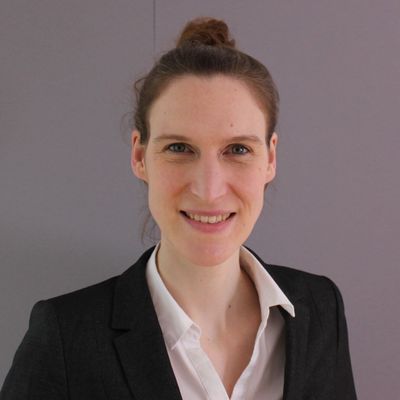
Annika Eichler
Intelligent Process Controls
Contacts

Short summary of your group's research:
Intelligent Process Controls (IPC) is a subgroup of the Machine Beam Controls (MSK) group at DESY, pushing forward innovative research for the autonomous operation of particle accelerators at the interface of machine learning, control. For this using reinforcement learning and other cutting-edge optimization techniques. IPC is also engaged in developing advanced feedbacks and enhancing fault diagnosis and anomaly detection through machine learning.
What infrastructure, programs and tools are used in your group?
The participant will have access to high-performance computing infrastructure at DESY. As programming languages, we mainly use Python.
What could a guest researcher learn in your group? How could he or she support you in your group?
As an interdisciplinary research team of experts from control theory, computer science and physics, a participant of the HIDA Trainee Network can gain experience in different directions and support many different applied projects. Here data mining projects as for anomaly detection are possible but also control and optimization problems. For the latter, we strongly encourage the Trainee to participate in shifts and applying the developed methods to the accelerator.


